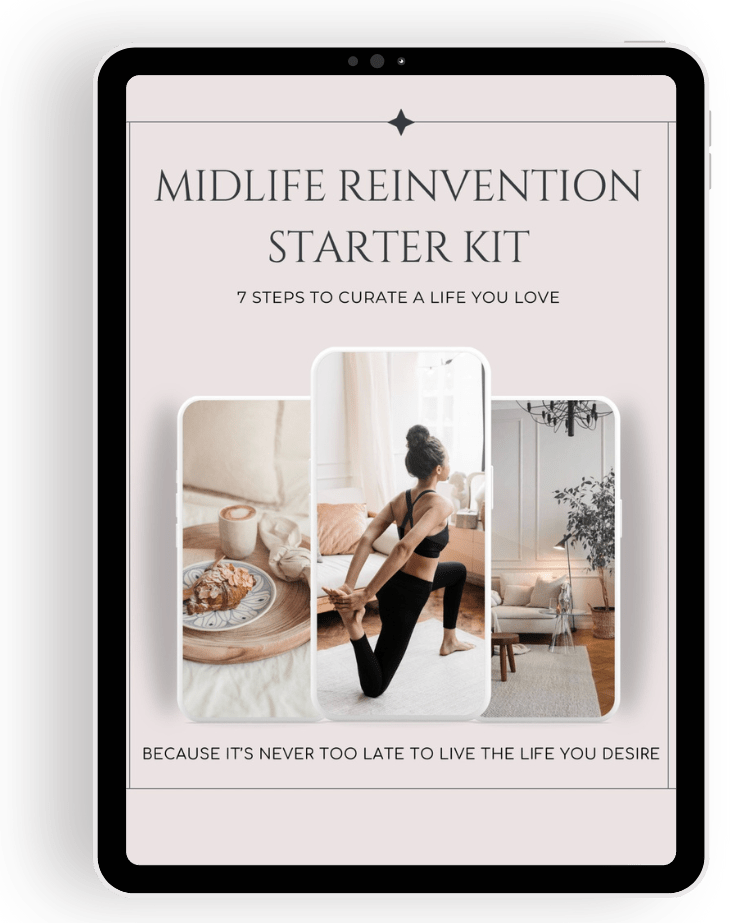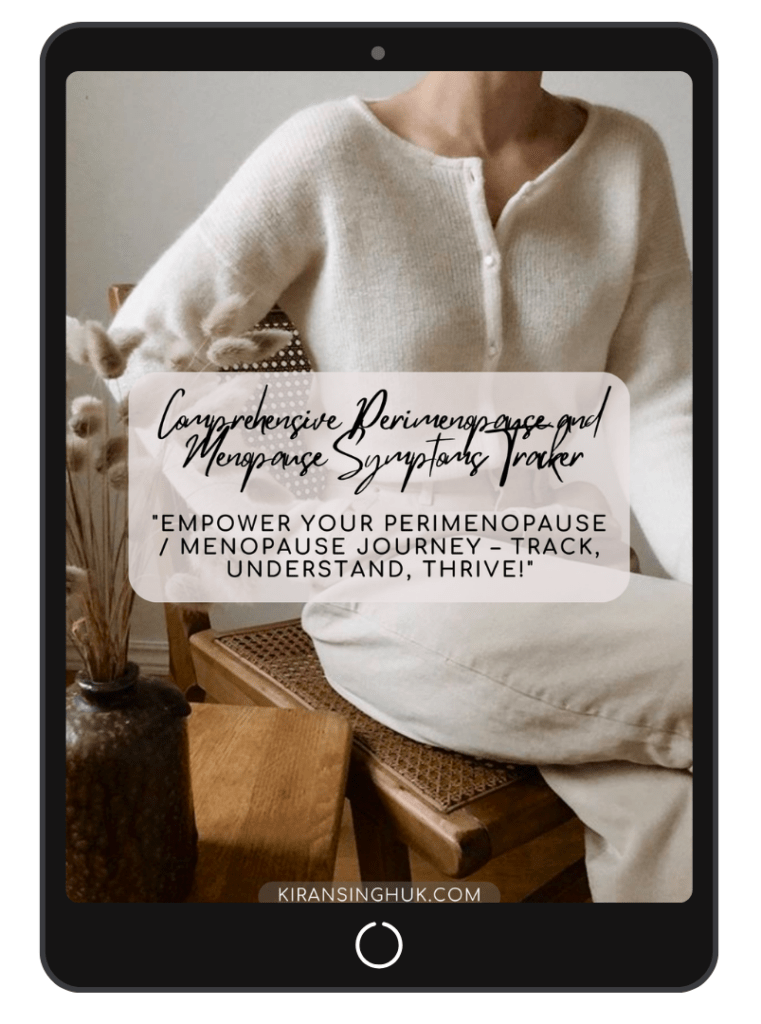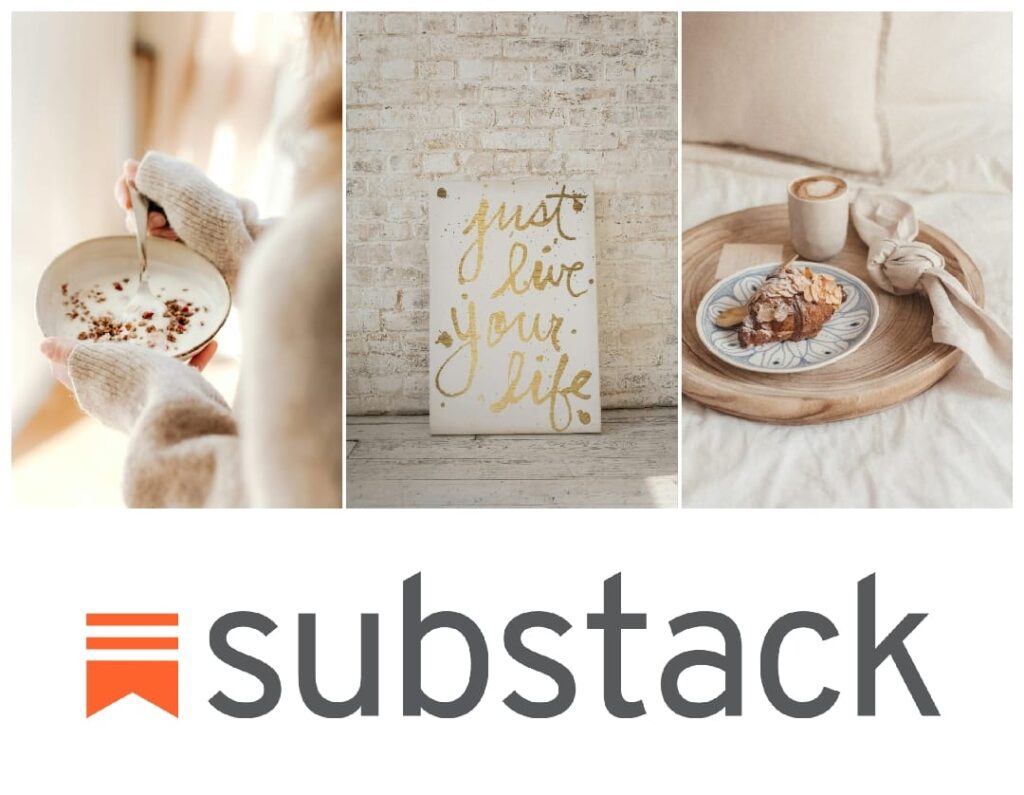With the start of 2024, many people are going to be getting into their spring cleaning early and trying to be a bit more organised by decluttering their home, whether it’s an official resolution or trying to make space for their Christmas presents.
According to Access Box Storage, over 90% of the UK have admitted to having clutter in their home, however, just over 8% say they don’t declutter, meaning that to declutter and organise is a very common thing to do amongst Brits.
However, when it comes to decluttering and cleaning, it’s sometimes hard to know where to start, and it can be even harder to know what you need and what you don’t. A lot of people make the mistake of having two options when they are decluttering – keep and throw, however, there are plenty of other options in between that can help when thinking about what to do with the items you have around the house.

5 Ways To Declutter
Keep It
This is the simplest outcome of deciding what to do with an item. If it’s useful or sentimental and it doesn’t need to be moved out of the way or decluttered then simply keep it where it is and continue to use it as you were beforehand.
Put It Into Storage
If you want to keep something due to its sentimental value or if it could be useful in the future but you feel that right now it is cluttering your space, then it’s a good idea to put that item into a self-storage container or a lockbox. This way you can access the item at any time but it doesn’t declutter your home, which can be very beneficial for larger or bulkier items.
Donate It
If something isn’t of use to you any more and you’ve decided not to keep it, then donating it may be a better option than throwing it away. Charities and clothing banks are always looking for in-tact clothing donations, and this can be a great way to declutter your wardrobe without throwing anything away. Charity shops will also accept mostly anything that has a use to someone else, even bulkier items like furniture can be collected through charity house clearance services.
Sell It
There may be items that you don’t want to keep but have some monetary value that stops them from going straight into the clear-out pile. There are many different and easy ways to sell items online, with websites like Facebook, Olio, eBay, Etsy, Vinted, etc. streamlining the process and guiding you through making money off of second-hand products.
Clear Out
When you have an item that you want to get rid of, it has no monetary value, and it will have no use to anyone else, then the final and only option is to clear it out. When clearing out different items you’ll need to ensure that you dispose of them properly through the correct channels and recycle what can be recycled. If you have bigger items like furniture that you need to clear out but are difficult to do alone, you can take advantage of man and van services to take these items to the waste management centre.

Why Declutter?
Decluttering has many benefits for your well-being, happiness, and productivity. It has been scientifically proven to reduce your anxiety, and can even improve your sleep.
Boosts Productivity
The main and obvious benefit of having a declutter of your home is that the items you need and use will be easier to find and it reduces the risk of losing anything important, this will boost productivity not only by cutting the time it takes for you to find what you need but physically decluttering can put you in a productive mood and affect your productivity for the remainder of the day.
Relieves Anxiety
Many people will find that their mental state often mirrors the physical environment they find themselves. Meaning when you’re surrounded by clutter and disorganisation, even the simplest tasks can feel overwhelming. when your surroundings are organised and clear of any clutter, it can make you feel more organised and make tasks a lot easier.
Cleaner Environment
When an environment is cluttered, it’s a lot harder to keep it clean. More clutter means more nooks and crannies, making it harder for air to circulate your room and your items and allowing dirt and dust to accumulate. Not only is this unhygienic, and makes cleaning take a lot longer, but dust, mould, and dirt can aggravate any asthma or allergies you or the people in your environment may have.

Decluttering Tips
The thought of decluttering can be overwhelming, and knowing where to start can be the biggest hurdle. We’ve put together a few brief tips, alongside our decluttering flowchart, to help you with the process of decluttering your environment.
Start Small
‘Decluttering’ is a wide term that can be very daunting, but starting to declutter is the hardest part of the process, so we recommend that you start small and easy. What’s easy will vary between person but putting away things that have a place, or throwing away things that you know you’re going to throw away is always a good place to start.
Think About What You Deem ‘Cluttered’
Clutter can mean different things to different people, some people may seem like they have a cluttered environment but everything has its place and the person whose environment it is, is happy with it. Others ‘clutter’ could be simply having anything out on any surface in the home. Clutter is a spectrum, and knowing where you sit on it helps you understand how much you need to declutter.
One Room At a Time
There is no specific timeframe for decluttering, as everyone will declutter differently. However, the task becomes more manageable when you split up your decluttering into one room, or one section of a room at a time. We recommend starting with the room that you relax the most in, to give yourself a haven away from clutter as soon as possible.

Focus On One Area Per Day/Week/Month
Decluttering one specific area will produce results much faster than scattershot cleaning around different parts of the house. Per month, focus on one room in the house. Per week, concentrate on one area or item of furniture, like ‘the wardrobe’ or ‘the desk drawers.’
Use A Timer
It’s easy to debate over what to throw away, but the idea isn’t to spend hours per day on this challenge. The daily declutter is supposed to be simple and easy to achieve, so if you find yourself stuck, set a timer to prompt you into action. When the time runs out, two items should be picked out, ready to be thrown away or donated.
If you fail to pick out two items within the time limit, set yourself another slightly longer timer. The idea isn’t to punish yourself, just to put a little pressure on your decisions.
Set Aside A Specific Time (And Set Alarms)
Setting aside a specific time in the day for decluttering ensures other tasks don’t infringe on or completely obliterate your decluttering time. Getting through a busy day only to find you’re too tired to do your daily declutter will kill your momentum and leave you feeling demotivated.
Getting up half an hour or so earlier to do your decluttering is a great idea for those going to the office, while those working from home could work their decluttering into their lunch break time.

Feel free to sign up to my Friday Morning Love Note HERE! This isn’t just a newsletter - it’s your invitation to pause, reflect, and realign with you. Every week, we’ll journey together to uncover the small, meaningful shifts that will help you design a life that feels uniquely and beautifully yours. Each week, I’ll deliver fresh intentions, uplifting tips, and simple shifts to inspire purposeful, creative living.





[…] READ MORE: Decluttering 101 […]
[…] MORE: Decluttering 101 RELATED: 4 powerful questions to ask while […]
[…] READ MORE: 4 powerful questions to ask while decluttering READ MORE: Decluttering 101 […]
[…] READ MORE: Decluttering 101 […]
[…] RELATED: Decluttering 101 […]